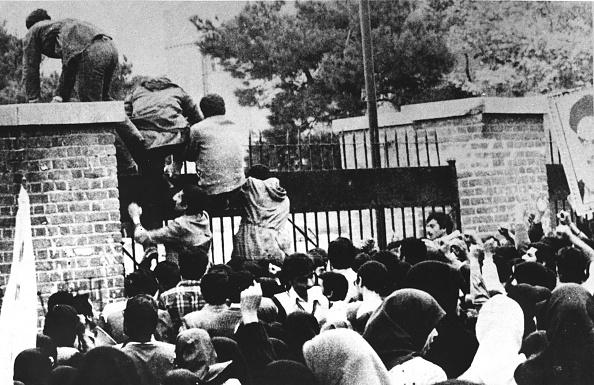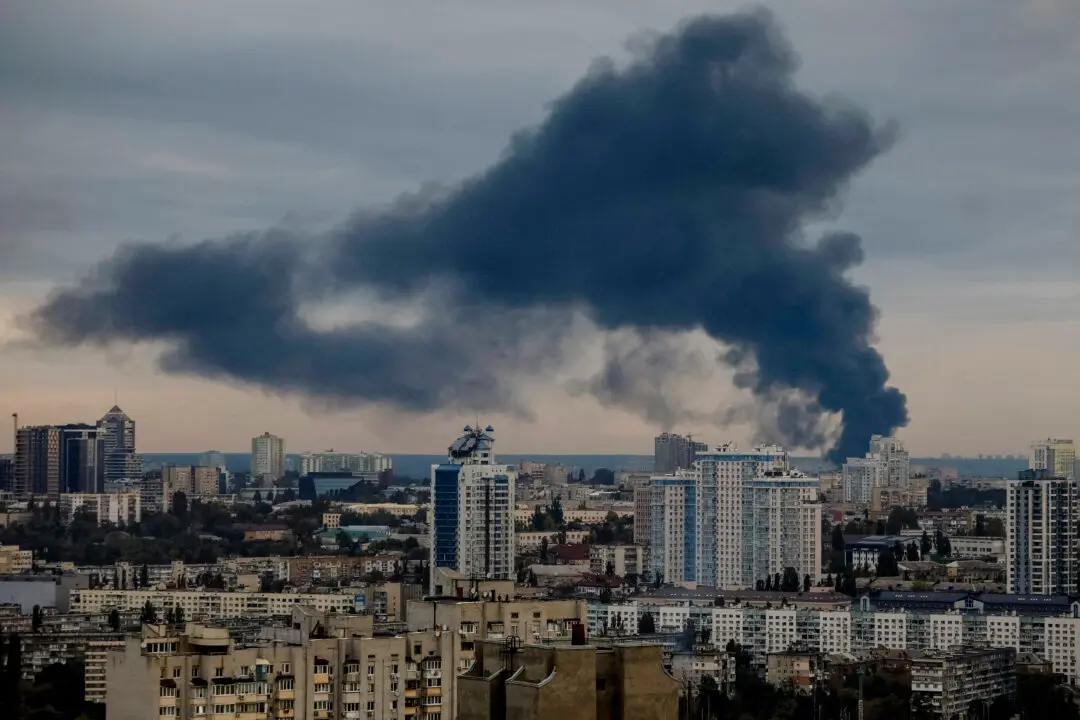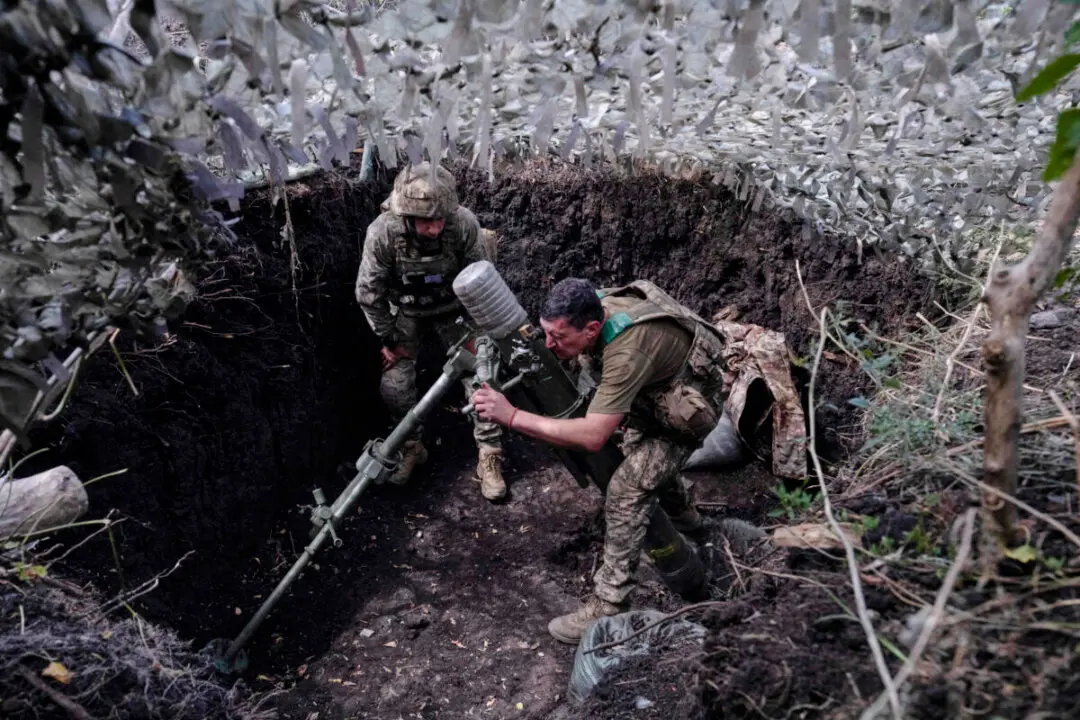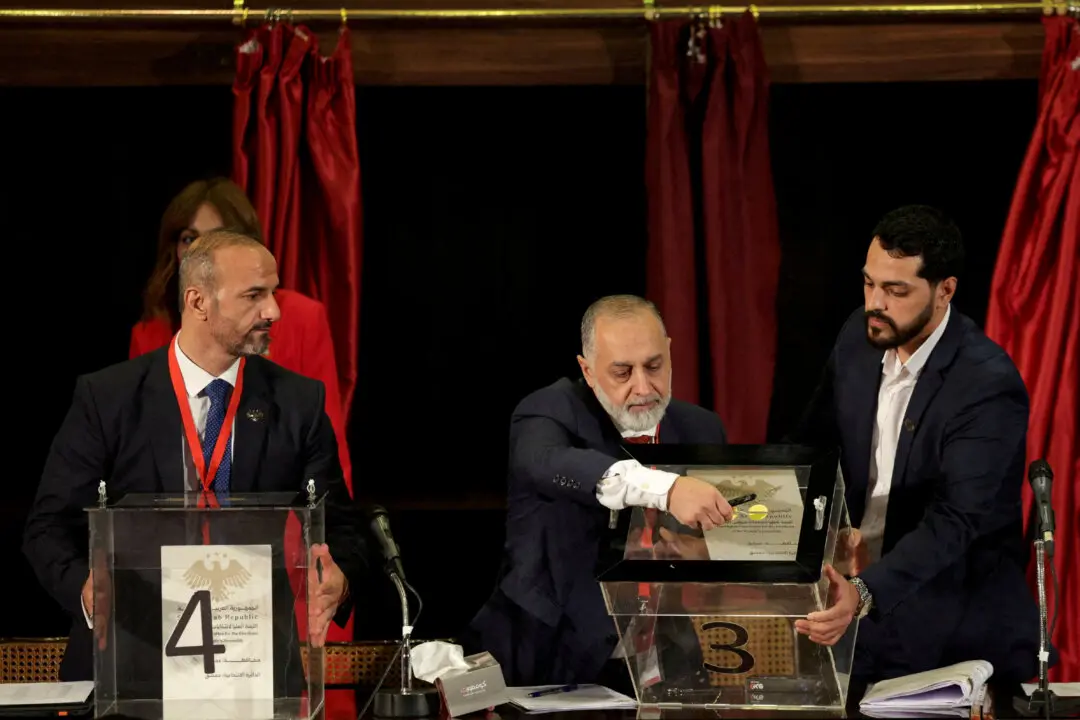Iran on Nov. 4 marked the 43rd anniversary of the seizure of the U.S. Embassy in Tehran by pro-revolution Iranian students.
The incident, which occurred immediately after the country’s 1979 Islamic Revolution, kicked off decades of hostility between Iran and the United States.





